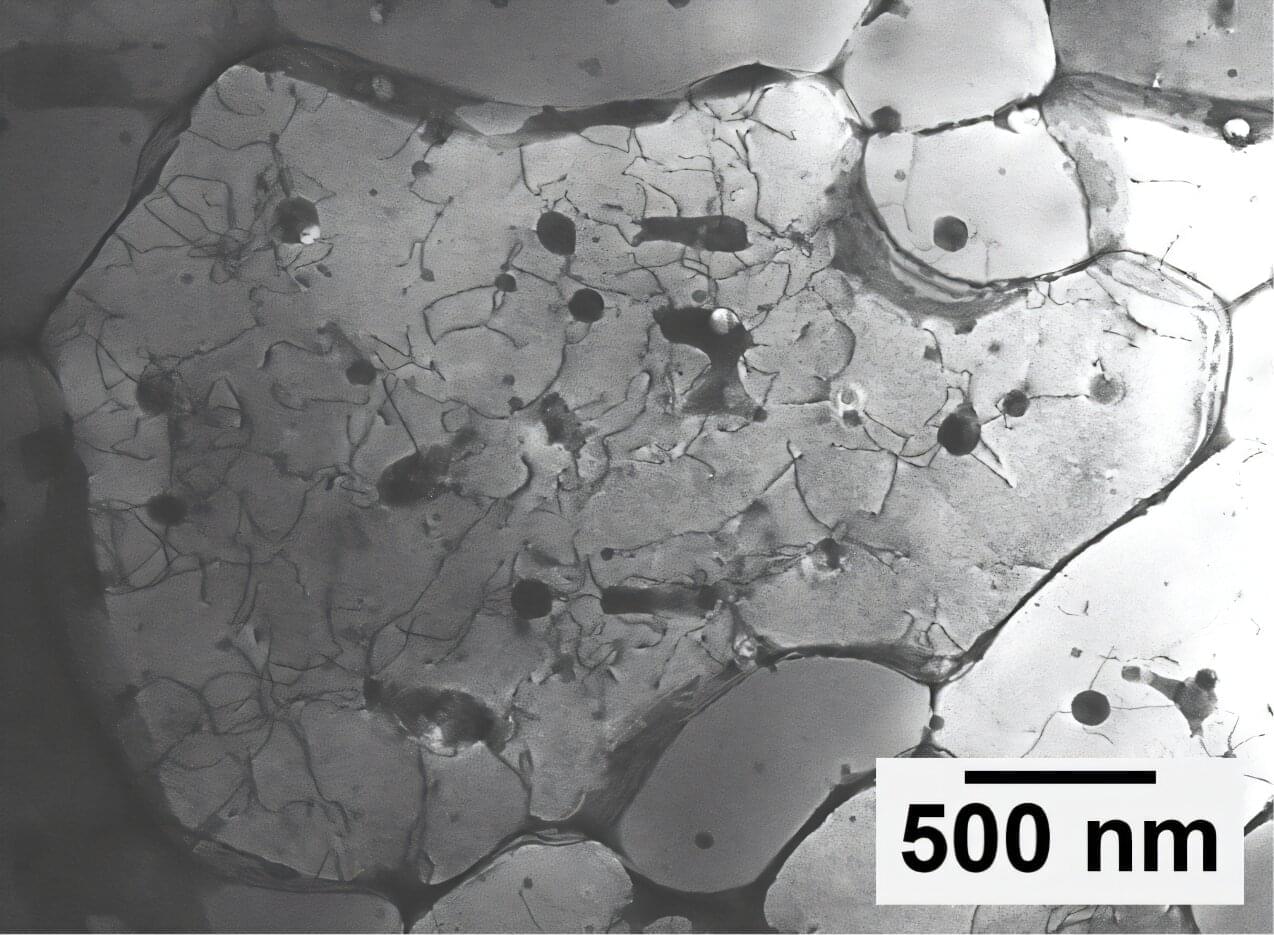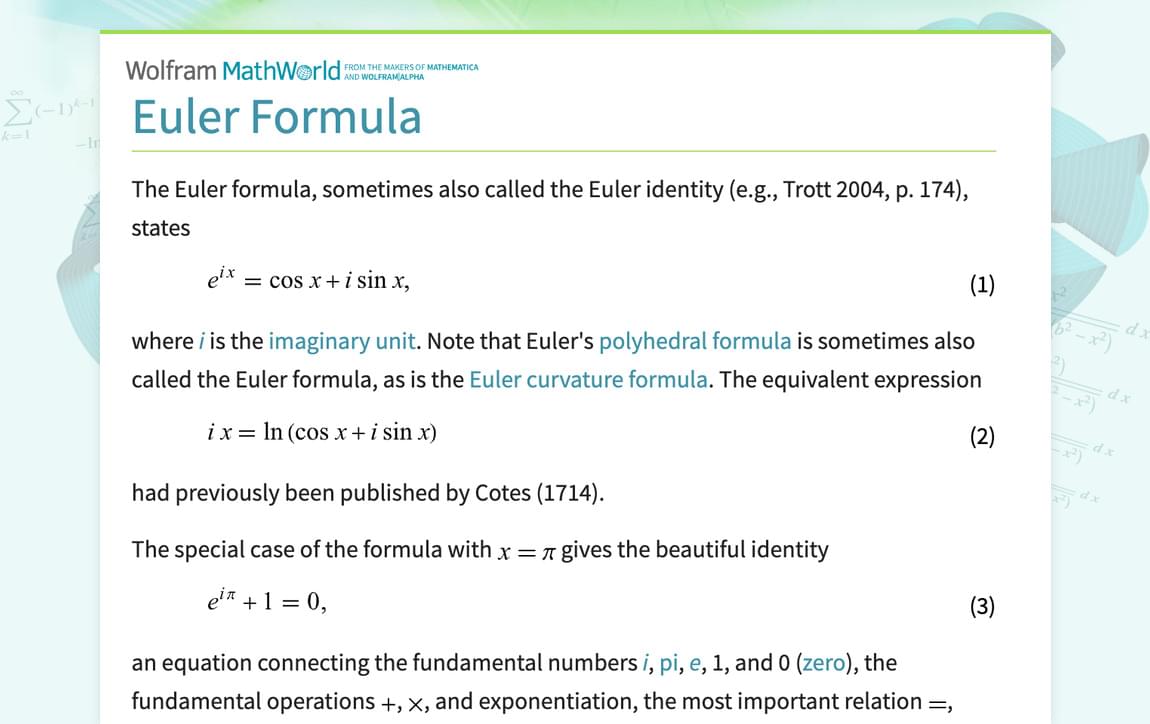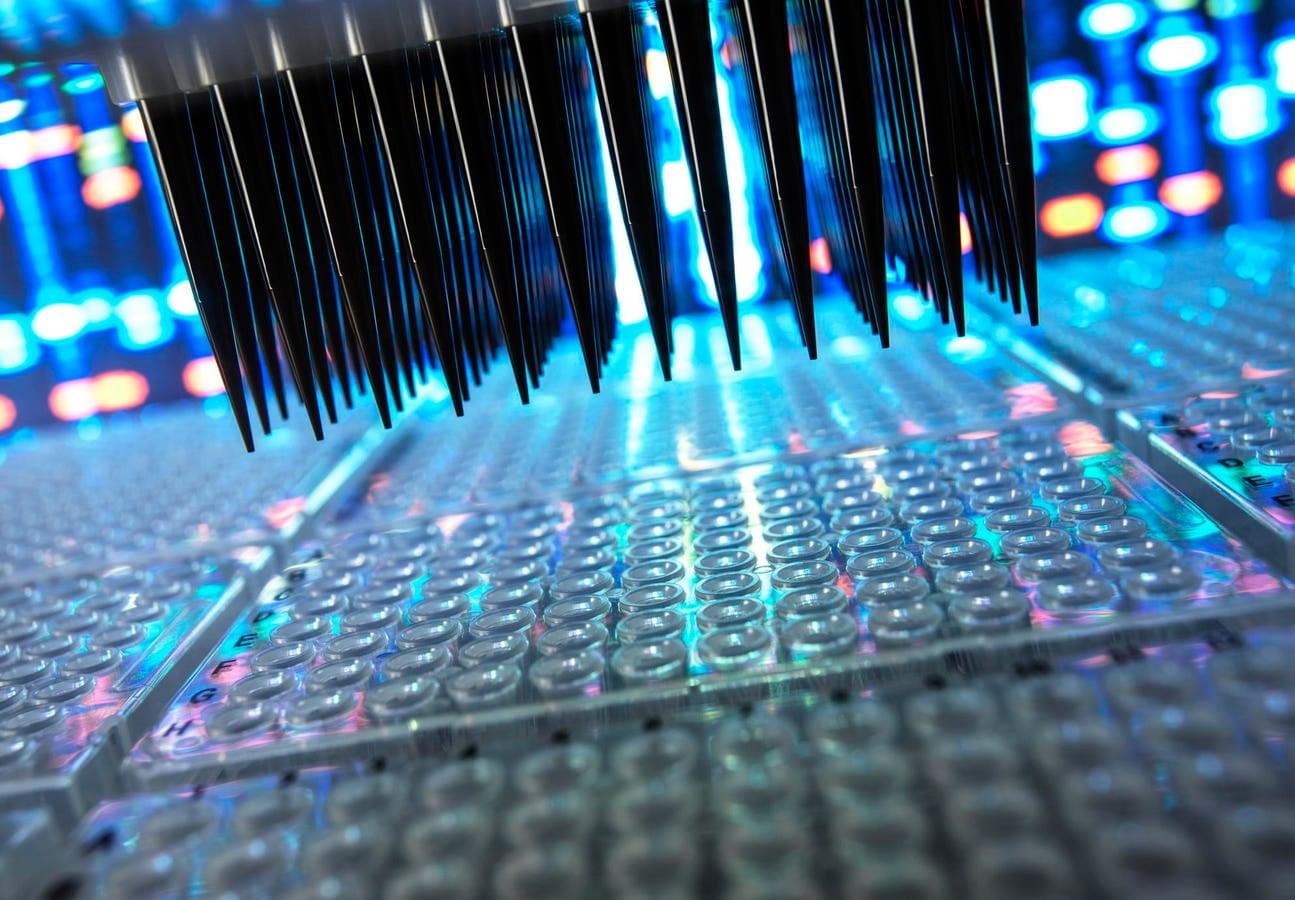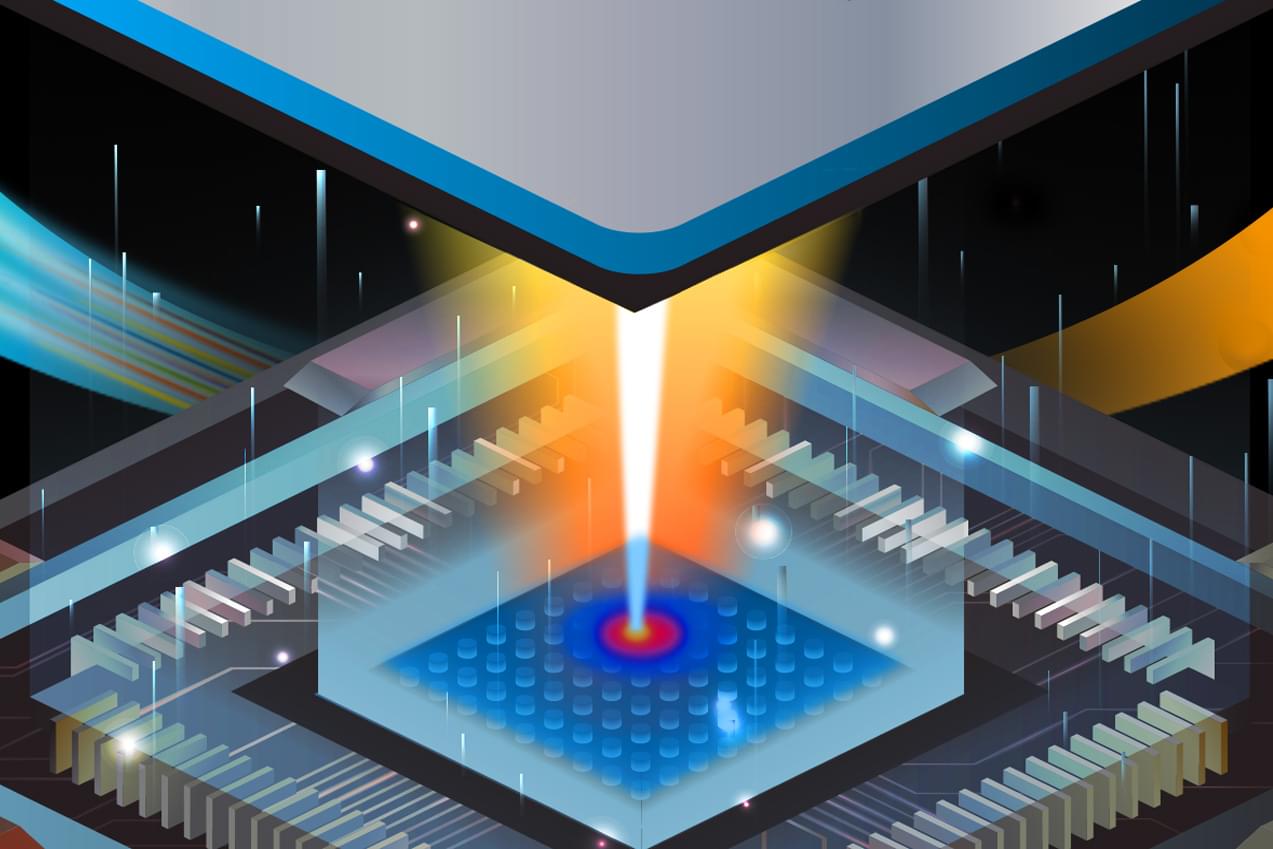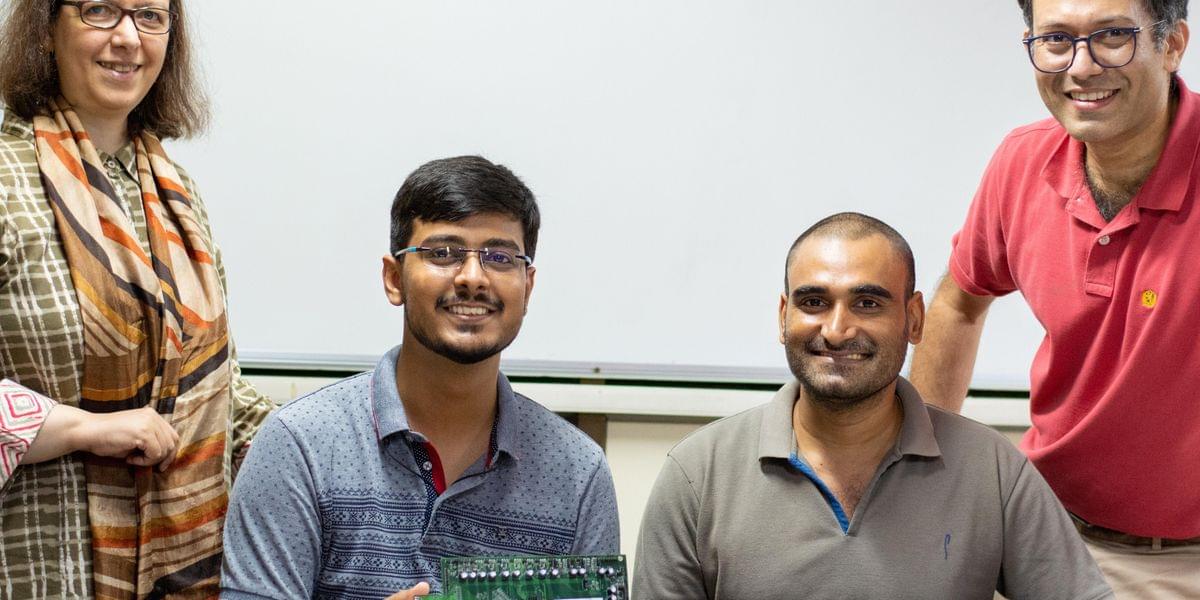Andrew Iams saw something strange while looking through his electron microscope. He was examining a sliver of a new aluminum alloy at the atomic scale, searching for the key to its strength, when he noticed that the atoms were arranged in an extremely unusual pattern.
“That’s when I started to get excited,” said Iams, a materials research engineer, “because I thought I might be looking at a quasicrystal.”
Not only did he find quasicrystals in this aluminum alloy, but he and his colleagues at the National Institute of Standards and Technology (NIST) found that these quasicrystals also make it stronger. They have published their findings in the Journal of Alloys and Compounds.
